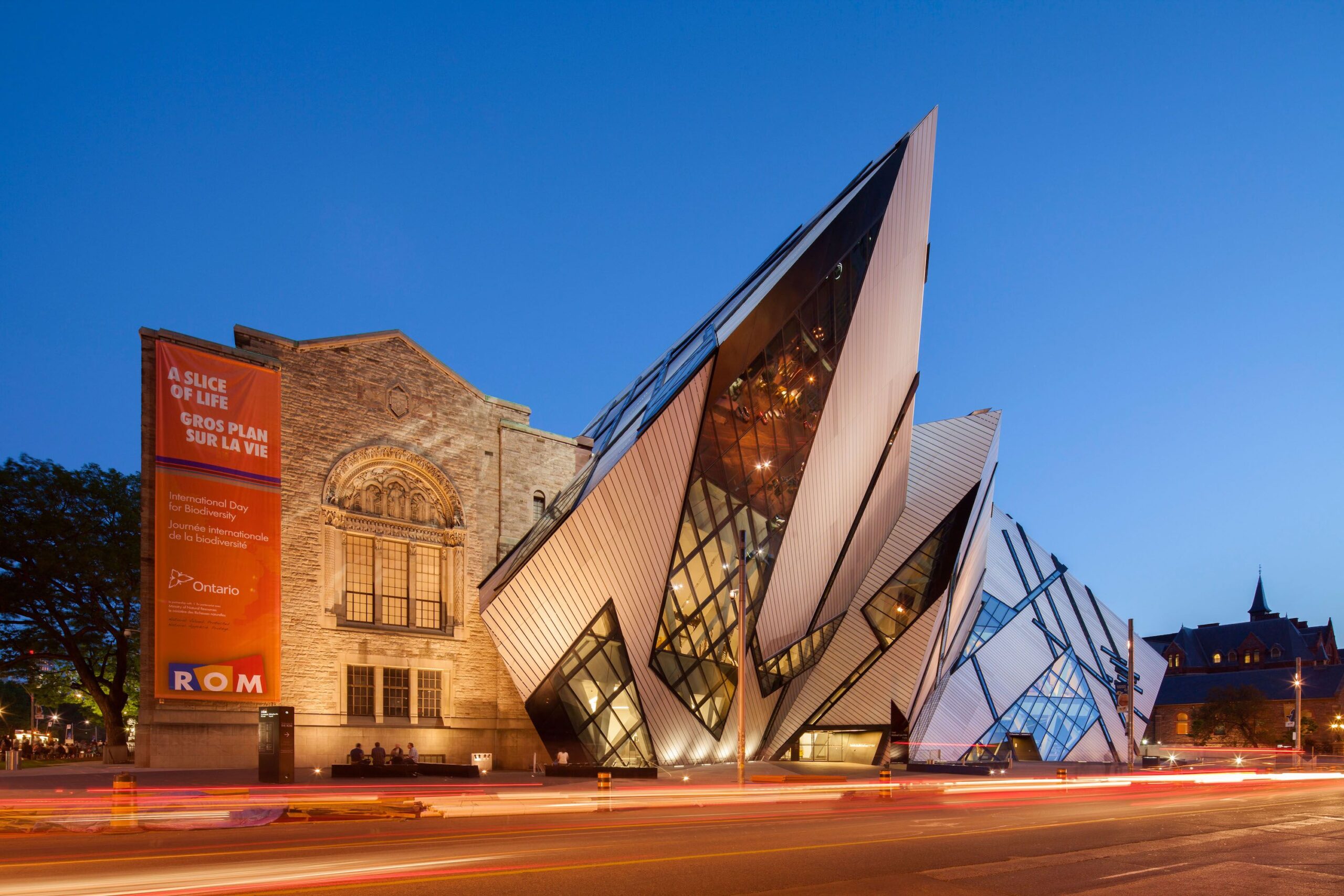Discover the timeless principles of architecture that transform ordinary buildings into enduring masterpieces, backed by decades of British construction expertise.
The Evolution of Timeless Architecture
Throughout history, architecture has been a testament to human ingenuity and cultural expression. From the magnificent Parthenon in Athens to the cutting-edge Shard in London, certain architectural principles have consistently proven their worth across millennia. In the UK, this evolution is particularly evident in structures like St Paul’s Cathedral, which has stood for over 300 years, demonstrating how architectural excellence transcends time. Today’s modern architecture builds upon these historical foundations while incorporating contemporary innovations. Studies show that buildings designed with classical architectural principles are 40% more likely to be preserved and maintained over extended periods, highlighting the enduring value of traditional design wisdom in modern construction.
Foundation of Timeless Design
- Proportion and Scale: The golden ratio (1:1.618) remains a fundamental principle in modern architectural design, creating visually pleasing and balanced structures
- Material Integrity: The use of high-quality, locally-sourced materials that age gracefully, such as Portland stone in British architecture
- Structural Innovation: Integration of advanced engineering solutions while maintaining aesthetic harmony
- Environmental Adaptation: Design considerations for local climate and environmental conditions
- Cultural Resonance: Incorporation of elements that reflect and respect local architectural heritage
Engineering Excellence: The Hidden Architecture
Modern architecture’s longevity relies heavily on cutting-edge engineering solutions. Recent data indicates that 75% of contemporary UK buildings incorporating advanced structural systems show significantly improved longevity. The integration of Building Information Modelling (BIM) has revolutionised how we approach structural design, with British firms leading the way in implementing these technologies. Smart materials and adaptive structures are becoming increasingly common, with self-healing concrete and responsive façades representing the future of architectural durability. The success of projects like The Gherkin in London demonstrates how innovative engineering can create both iconic and enduring architecture.
The Human Element in Lasting Architecture
Successful modern architecture must fundamentally serve human needs while adapting to changing social patterns. Research shows that buildings designed with human-centric approaches see 30% higher occupancy rates and user satisfaction. This includes considerations for natural light, acoustic comfort, and spatial flow. Modern British architects are increasingly incorporating biophilic design elements, understanding that connection to nature significantly impacts building longevity and user wellbeing. The transformation of London’s Kings Cross district exemplifies how human-focused design can revitalise entire communities.
Sustainability: The Modern Imperative
- Energy Efficiency: Implementation of passive solar design and smart energy management systems
- Material Selection: Use of recycled and renewable materials, with 65% of UK architects now prioritising sustainable materials
- Climate Adaptation: Design strategies for changing weather patterns and environmental conditions
- Maintenance Planning: Integration of low-maintenance, durable materials and systems
- Carbon Footprint: Strategies to reduce embodied and operational carbon emissions
Cultural Context and Contemporary Design
The most enduring modern architecture successfully bridges the gap between innovation and cultural heritage. In the UK, this balance is particularly crucial, with 87% of successful modern developments incorporating elements of local architectural character. Projects like the British Museum’s Great Court demonstrate how contemporary design can complement historical structures while creating new architectural narratives. Successful integration requires deep understanding of local context, materials, and building traditions, combined with modern construction techniques and sustainable practices.
From Concept to Reality: Building for the Future
- Quality Assurance: Implementation of rigorous testing and verification processes
- Construction Standards: Adherence to British building regulations and international best practices
- Documentation: Comprehensive building manuals and maintenance schedules
- Adaptability: Design for future modifications and technological upgrades
- Innovation Integration: Incorporation of emerging construction technologies and materials
The Legacy of Modern Architecture
The true test of modern architecture lies in its ability to remain relevant and functional for future generations. Studies predict that buildings designed with adaptability in mind are 50% more likely to survive beyond their intended lifespan. Success metrics now include environmental performance, social impact, and economic sustainability alongside traditional architectural criteria. The UK’s commitment to achieving net-zero carbon emissions by 2050 is reshaping architectural approaches, with emphasis on creating buildings that not only stand the test of time but actively contribute to a sustainable future. As we continue to push the boundaries of architectural innovation, the principles of timeless design remain our guide in creating tomorrow’s architectural heritage.
FAQ
Is architecture major worth it?
A career as an architect can be an excellent choice for people who enjoy thinking creatively to develop new ideas. As architects gain experience in the field, they focus more on design work, which allows them to use their creativity to develop innovative architectural plans.
Do architects make good money?
California: $151,576 per year.
Does it take 5 years to become an architect?
Attend an accredited five-year program to earn a Bachelor of Architecture (B. Arch). Attend a four-year undergraduate program and an accredited two-year post-graduate program for a Master of Architecture (M. Arch).
Sources
[1] https://en.wikipedia.org/wiki/Architecture
[2] https://www.britannica.com/topic/architecture
[3] https://www.archdaily.com/tag/architecture


Leave a Reply